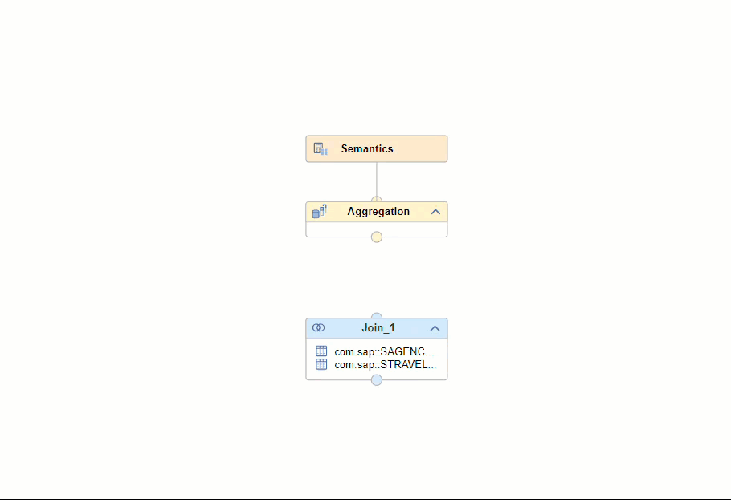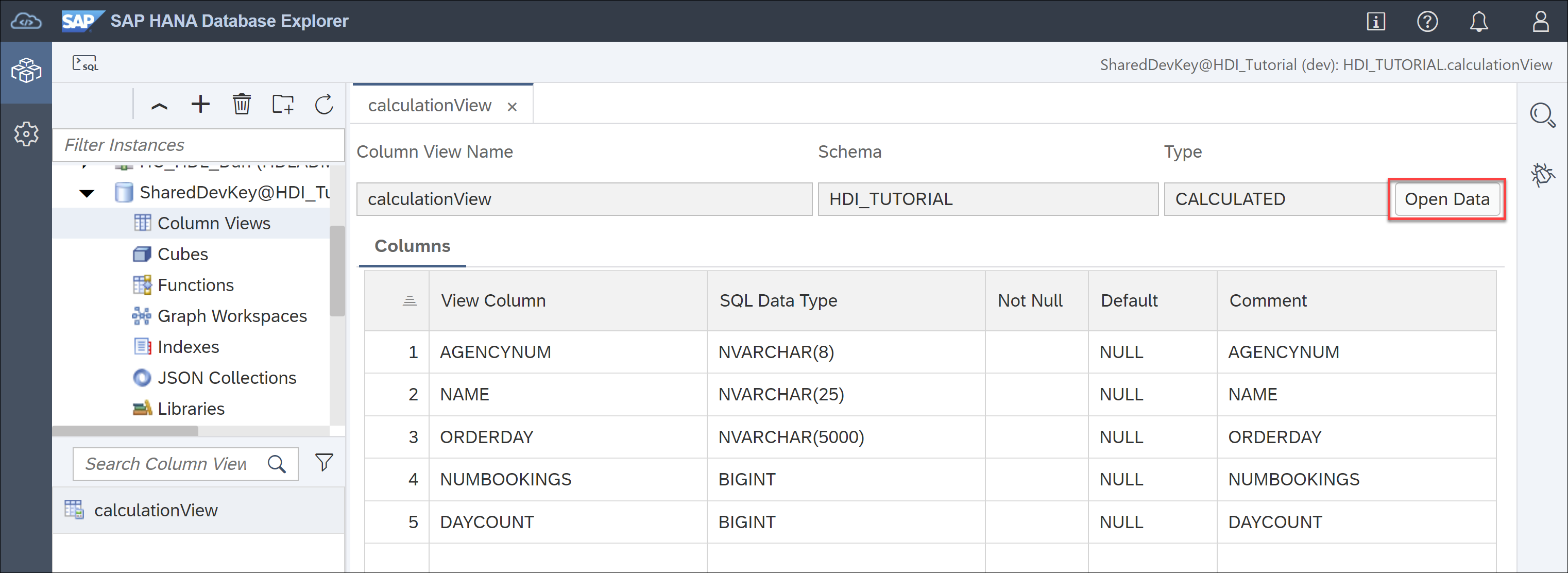Create a Calculation View
Beginner
15 min.
Learn how to create your own calculation views in SAP HANA Cloud, SAP HANA database with SAP Business Application Studio using Join and Rank nodes.
You will learn
- How to create a calculation view in SAP Business Application Studio
- How to use join nodes
- How to use rank nodes
- How to preview the output
Prerequisites
- You have access to SAP HANA Cloud trial or SAP HANA Cloud free tier, or a production environment of SAP HANA Cloud, SAP HANA database
- You have completed the tutorial to provision an instance of SAP HANA Cloud, SAP HANA database
- You have completed the tutorial to import the sample data needed for this mission
- You have set up a development project in SAP Business Application Studio and connected it to your database
Reminder: This tutorial is part of a mission, in which you will help Alex, the CEO of Best Run Travel, to answer a concrete business question with SAP HANA Cloud, SAP HANA database.
Alex needs to know the top 5 partners of their agency and wants to find out the days with maximum booking of each partner.
In this tutorial, you will learn how to create a calculation in SAP Business Application Studio, in which you will join tables and rank results to get Alex the business insights they need.


























